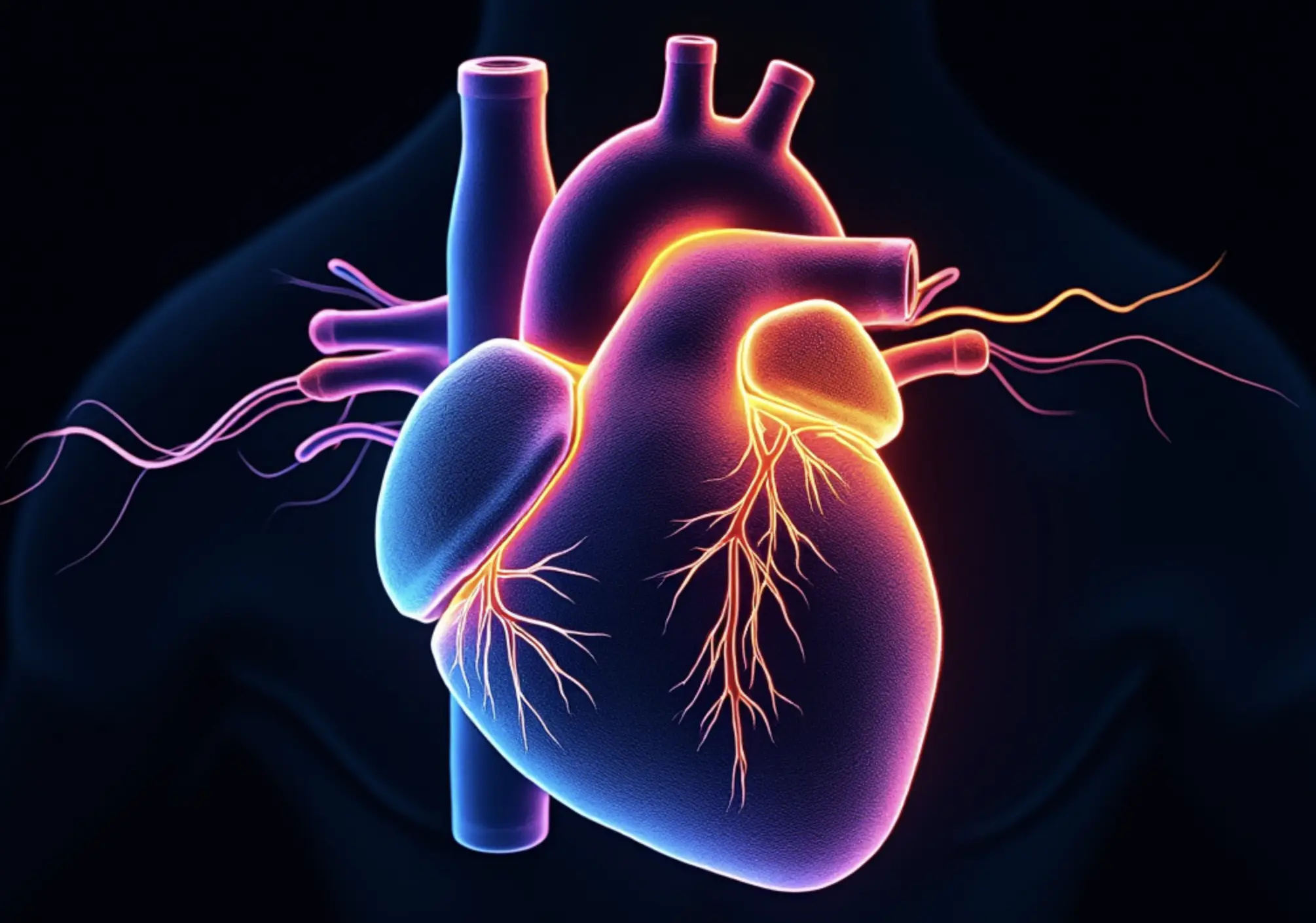Doctor certified article
What is an Echocardiogram? Understanding its types and working

Have you ever wondered what’s going on inside your heart? An echocardiogram can show you! Being an ultrasound method, it uses high-frequency sound waves to visualize your heart. It helps doctors see how well your heart is working and spot any problems before they get serious. In this guide, we’ll cover everything you need to know about echocardiograms and what to expect if you need one. Let’s stick around!
What is an echocardiogram?
An echocardiogram or simply “echo” is a non-invasive test doctors use to examine your heart. It creates detailed images of your heart chambers, valves, walls, and blood vessels using sound waves.
How does an echocardiogram work?
Let’s dive into the science a bit. When you shout in a canyon and hear your voice bounce back, that’s an echo. Similarly, the echocardiogram uses sound waves that bounce off your heart to create images. The transducer sends these sound waves, and when they bounce back, they’re turned into pictures on a screen. Think of it like painting a picture of your heart with sound.
Who performs an echocardiogram?
Usually, a doctor performs the echocardiogram. However, sometimes a specially trained technician, called a cardiac sonographer or echocardiographer, might do it. They have the skills to make sure the images are clear so your doctor can give you an accurate diagnosis.
Why do you need an echocardiogram?
So, why might your doctor suggest an echo? Here are a few reasons:
- If you feel symptoms like shortness of breath, unexplained fatigue, or chest pain.
- To detect problems such as the consequences of heart attack.
- To monitor current heart problems like cardiomyopathy or arrhythmias and how they are progressing.
- To assess heart function before planned surgery, for example, bypass surgery.
- To identify heart defects in children and fetuses that may require surgery.
- To measure changes in heart size and shape over time
- To evaluate blood flow through the heart and vessels.
Types of echocardiogram
There are different types of echocardiograms. Each type gives specific information about your heart health to your doctor. Let’s break them down one by one:
What is a transthoracic echocardiogram (TTE)?
This is the most common type of echo that creates images from outside the body. During TTE, a small device, called a transducer, is placed on your chest. It sends sound waves that bounce back and create an image of your heart. Usually, this test is painless, but you might feel a little coolness from the ultrasound gel. The gel removes air between the transducer and your skin, helping to create clear, accurate images.
What is a transösophageal echocardiogram (TOE)?
If your doctor needs a closer look, for example, checking the blood clots, the aorta, or the valves, they might recommend a TOE. This test involves gently placing a thin, flexible tube with a transducer into your throat and down into your ösophagus, and images are obtained. It is a minimally invasive procedure, that’s why may cause a little discomfort.
What is a stress echocardiogram?
This test checks how your heart performs under pressure, similar to how you might test a car’s performance by driving it up a steep hill. You’ll either exercise on a treadmill or receive medication to increase your heart rate. And then your echo will be done to assess how well your heart handles stress.
What is a fetal echocardiogram?
Used during pregnancy, this type of echo checks the heart health of a fetus. It helps doctors detect congenital heart defects early on. The doctor will use a transducer on the mother’s abdomen to get images of the fetus’s heart.
What to expect during an echocardiogram?
Preparing for an echocardiogram is pretty simple. While your doctor may give specific instructions based on the specific echo type, here are a few general guidelines:
Preparing for the test
You won’t need to do much for most types, just show up! However, if you’re having a TOE or stress echo, your doctor might ask you to skip food and drinks for a few hours before the test. And if you’re given any sedatives, you might need someone to drive you home afterward. Plus, you might need to consult your doctor about the medicines you’re using, especially if you have diabetes. It’s a good idea to wear comfortable clothes and leave any personal items or accessories at home.
During the test
During the test, you’ll lie down on a bed, and a doctor will place a small device on your chest after applying a bit of gel (which might feel a little cold). As the doctor moves the device around, you might hear some whooshing sounds—don’t worry, that’s just your blood flow being turned into sound. A standard echocardiogram typically takes about 30 to 60 minutes. If you’re having a TOE, you’ll get a sedative to help you relax, and the procedure may take a little longer because of the additional steps.
After the test
Once the test is complete, you can go about your day as normal. If you’ve had a TOE, you’ll need someone to drive you home, as the sedative can leave you feeling groggy.
Risks & considerations
Echocardiogram uses sound waves and no radiation is involved so there are no known risks. However, you might experience some minor discomfort from the transducer pressure or, in the case of a TOE, a sore throat afterward, but these symptoms are usually mild and temporary.
How to interpret the results of an echocardiogram?
Once your echocardiogram is done, your doctor will look at the pictures to evaluate your heart health. If any abnormalities are detected, they might recommend further tests or treatments. Some potential abnormal results may include:
- Heart valve issues (e.g., stenosis or regurgitation)
- Cardiomyopathy (weakened heart muscle)
- Congenital heart defects (structural heart problems present at birth)
- Pericardial effusion (fluid around the heart)
- Abnormal heart size or shape (enlargement or other structural changes) Please have an open conversation with your doctor about what the results mean for your health and the best course of action moving forward.
Bottom line
In short, an echocardiogram is like an inspection of your heart, which assesses your heart function. If you’re feeling uncertain about your heart health or have been advised to get an echocardiogram, don’t hesitate to reach out for help. Quality Care Global connects you with experienced specialists who can guide you through the process and answer all your questions. Don’t ignore the vital signs—contact your doctor today!

